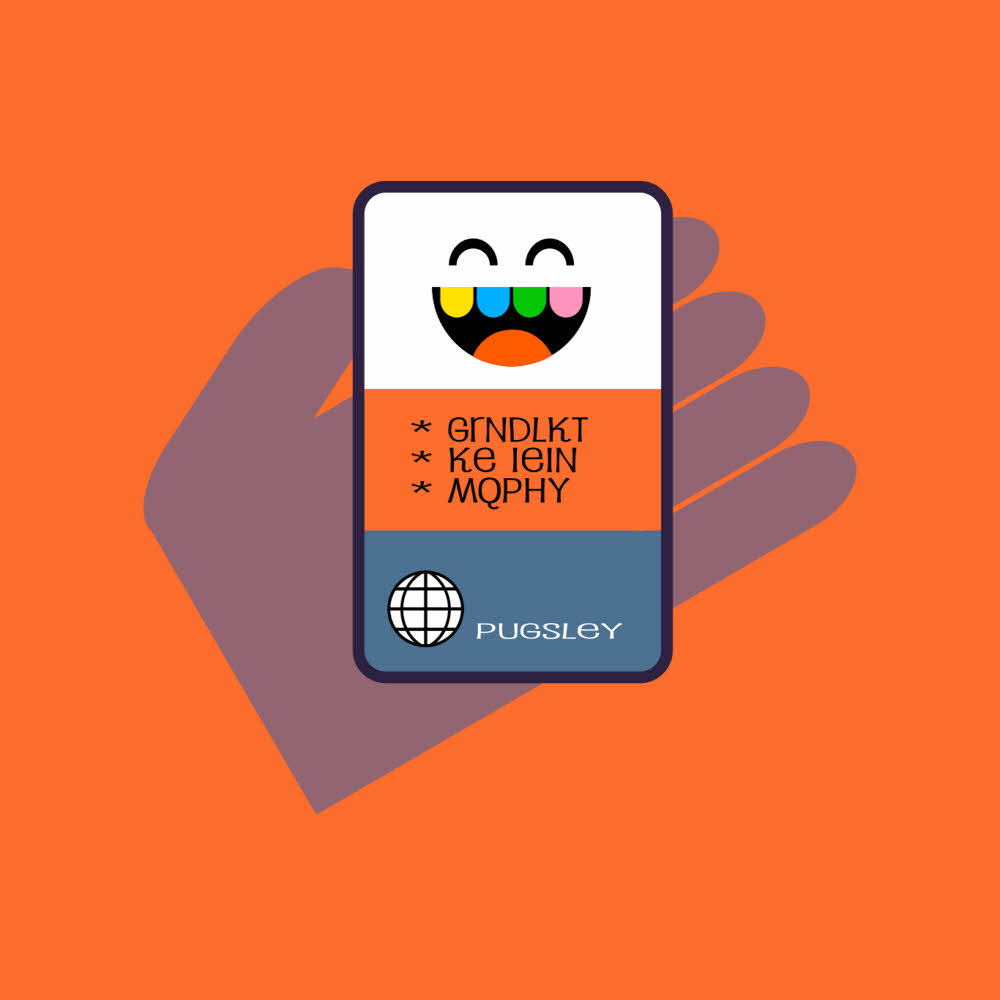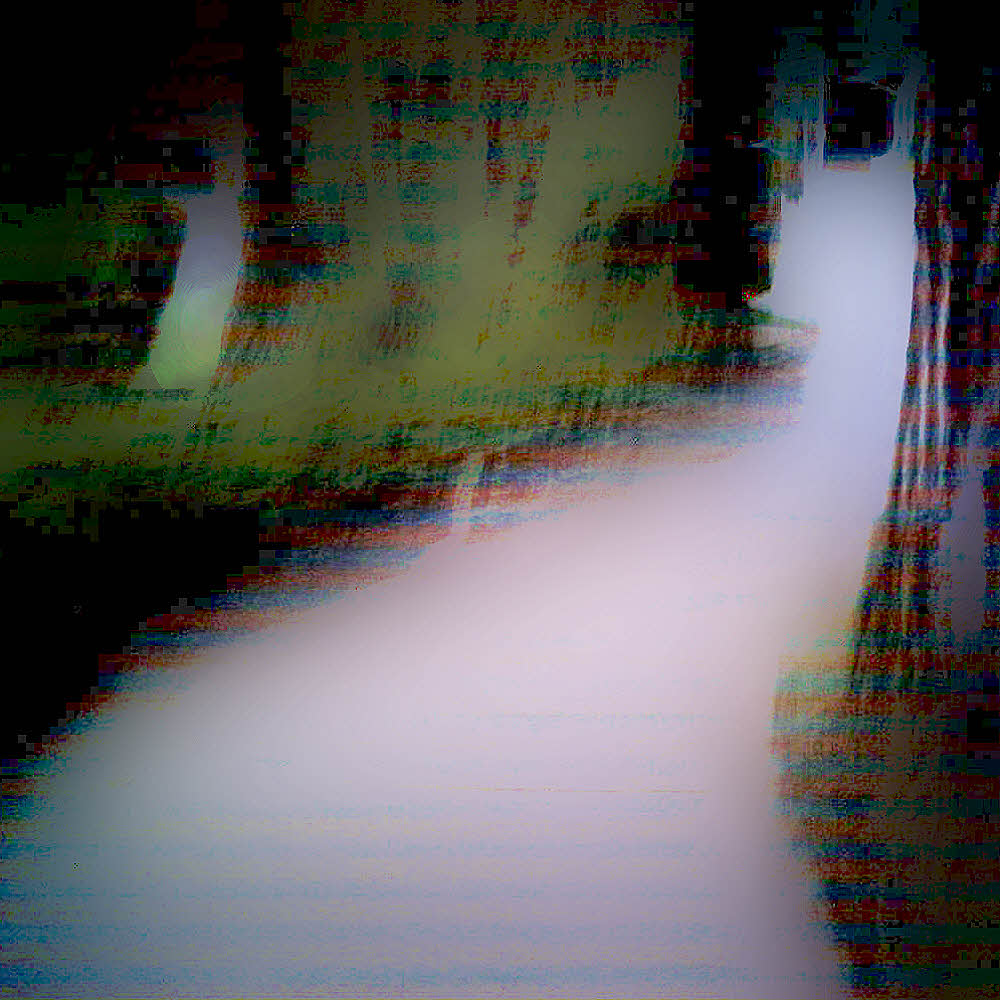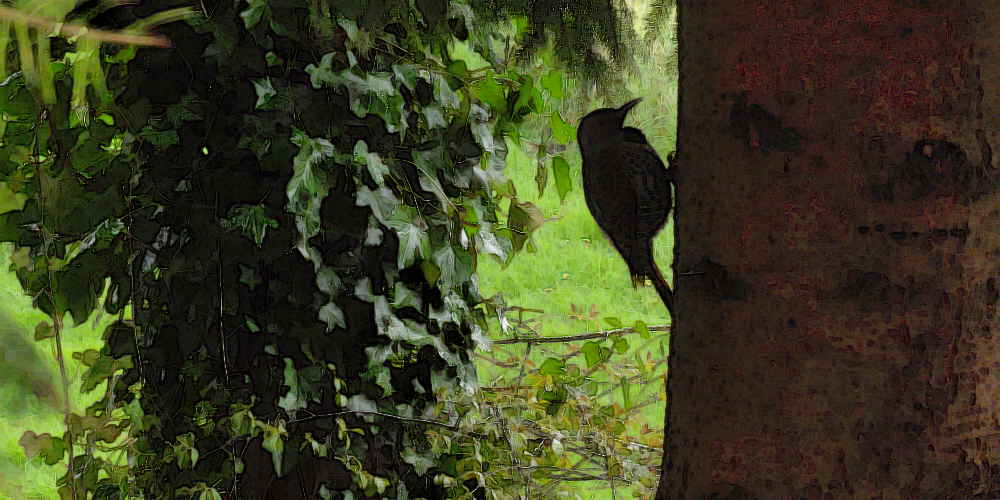
No, I don't know how to use most of the information presented here, yet.
I do have a so-called "smartphone" now, but I can barely figure out how to keep it from locking me out every time I sit down and try to remember how to make a call to someone I don't want to talk to anyway.
The good news is that the phone works, and across international boundaries, and aside from the $26-and-change I pay monthly to keep it alive, it works with just about any cell network, and it works at no cost with any available wifi network, and I've got wifi included with my rent at my apartment in Ecuador, so I have communications when I need them, for cheap, but the rest of the "phone's" capabilities are still a mystery. (Google Fi)
I realize that these gizmos can do a whole bunch more than make calls, and will get to those features eventually. It's a huge block of utility waiting to be of service.
One thing that's annoyed me in recent years is that there are no decent maps available for many places I've wanted to go.
Sometimes there is a map to be found here or there, but actually getting an actual map can actually be an exercise in futility.
When I say "map", I mean a printed one. I'm still there, with print, and paper is fine, though print on plastic is usually better. Electronics are space age, and can be stunningly informative, but I prefer to live without batteries when possible, which means that my gold standard is still print.
But, but, but...
Try getting a decent map of the Hell's Canyon area. Submit an order and wait three weeks, then end up with something with features identified in 2-point type, and trails shown as sub-hairline dashes printed in vague red on a confusing background of greens and browns and rat's nests of contour lines.
I don't see red well, but am lucky to be nearsighted, since now that I'm old enough so I can't bring small print into focus without a magnifier, I can just take off my glasses and put my eyeball about three inches from what I want to read. Fine and dandy. But there is still too much dense detail in many printed maps, and they are often 10 to 15 years out of date anyway.
And then there are those maps you "can print out at home". Ya-sure. Print out at home, just like that. Ready-doodle-doo. Got a color printer, do ya? Me neither.
I did once find got one of these maps for the Blue Mountains of southeast Washington / northeast Oregon, and was able to print out at the shop that sold the maps. That was kinda OK, considering that it was the only map I could find, but...
The map was fuzzy. Everything was indistinct. It was nearly impossible to read, both text and landscape features. Blurry. But it was the only map available, so I was glad to have it.
If I'm ever going to do more of this outdoor stuff I need to get some mobile going, like it or not. It's better than a lot of the printed maps now, and I'm feeling lame.
With that in mind I started a list of resources, some of which are printed maps or guidebooks, still the best bet overall, but I gotta get up to date on the new stuff. Gotta. So this is the start of that list.
In no particular order, here is what I've found so far...

sectionhiker.com GPS-Enabled Trail Guide Apps vs General Purpose GPS Navigation Apps. Visit site ▷
sectionhiker.com How to Blog on the Appalachian Trail: Apps, Devices, Battery Charger, and Internet Connectivity. Visit site ▷
sectionhiker.com Introduction to Map Layers for Backcountry Navigation. Visit site ▷
sectionhiker.com GPS Navigation with PDF Maps on Smartphones. Visit site ▷
sectionhiker.com The Digital Map Conundrum. Visit site ▷
sectionhiker.com Maplets - The Offline Map App with GPS. Visit site ▷
Caltopo Backcountry Mapping Evolved. Visit site ▷
Atlas Guides Apps made for adventure. Visit site ▷
Halfmile's PCT Maps Pacific Crest Trail Maps, Apps, GPS Data & More. Visit site ▷
REI Camping and Hiking Guidebooks. Visit site ▷
DelormeAmazon.com: Delorme (a.k.a., Garmin International). Visit site ▷
Amazon.com: Trails Illustrated Maps, Books. Visit site ▷
Gaia GPS Hiking Trail Maps, Hunting Units, 4x4 Offroad App. Visit site ▷
andrewskurka.com Just released: CalTopo app for Android. Visit site ▷
andrewskurka.com Suunto Ambit3 vs. Garmin Fenix 5 || Core differences + ideal uses. Visit site ▷
andrewskurka.com The future of CalTopo || Interview with founder Matt Jacobs. Visit site ▷
andrewskurka.com Essential backpacking topo maps: types, sources & formats. Visit site ▷
andrewskurka.com Characteristics of an expert navigator: Part I - Equipped with proper tools. Visit site ▷
adventurealan.com Backpacking Navigation & GPS. Visit site ▷
adventurealan.com How to use your Smartphone as the Best Backpacking GPS. Visit site ▷
adventurealan.com Huge Improvements to Next Gen Gaia GPS Hiking App. Visit site ▷
adventurealan.com Best Lightweight Backpacking Electronics Gear. Visit site ▷
adventurealan.com 2019 Best Satellite Messengers — SOS Devices. Visit site ▷
Hiking Project Hiking Trail Maps. Visit site ▷
MyTopo Custom Topographic Maps and Aerial Maps for the USA & Canada. Visit site ▷
Maps for Good Connecting people with places. Visit site ▷
Google My Maps Apps on Google Play. Visit site ▷
Me? Currently making the transition from old creepy guy to creepy old guy.
Have something to add? Send email to sosayseff@nullabigmail.com
See if that helps.
As always, Effort or Eff it. No sniveling.





